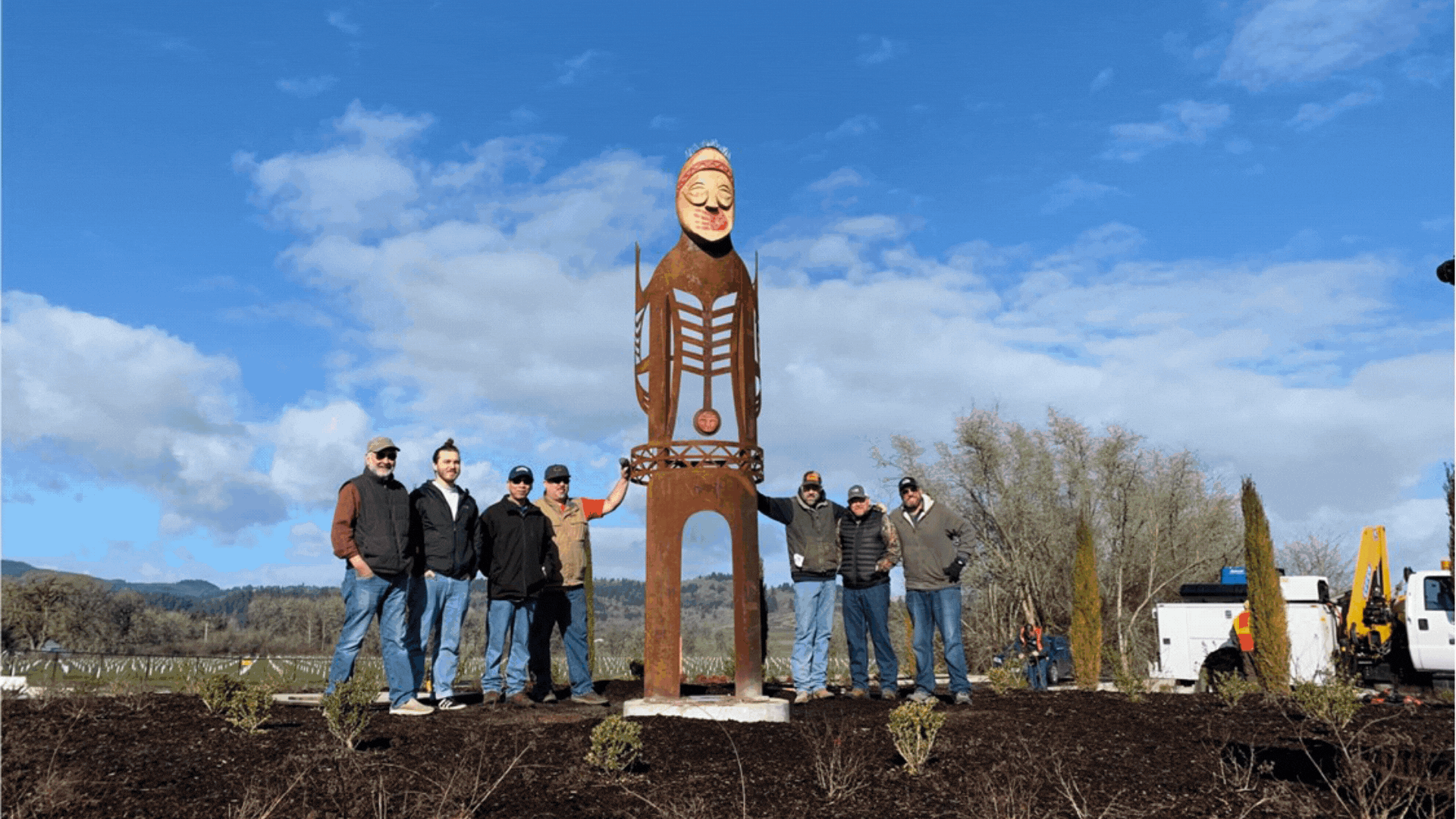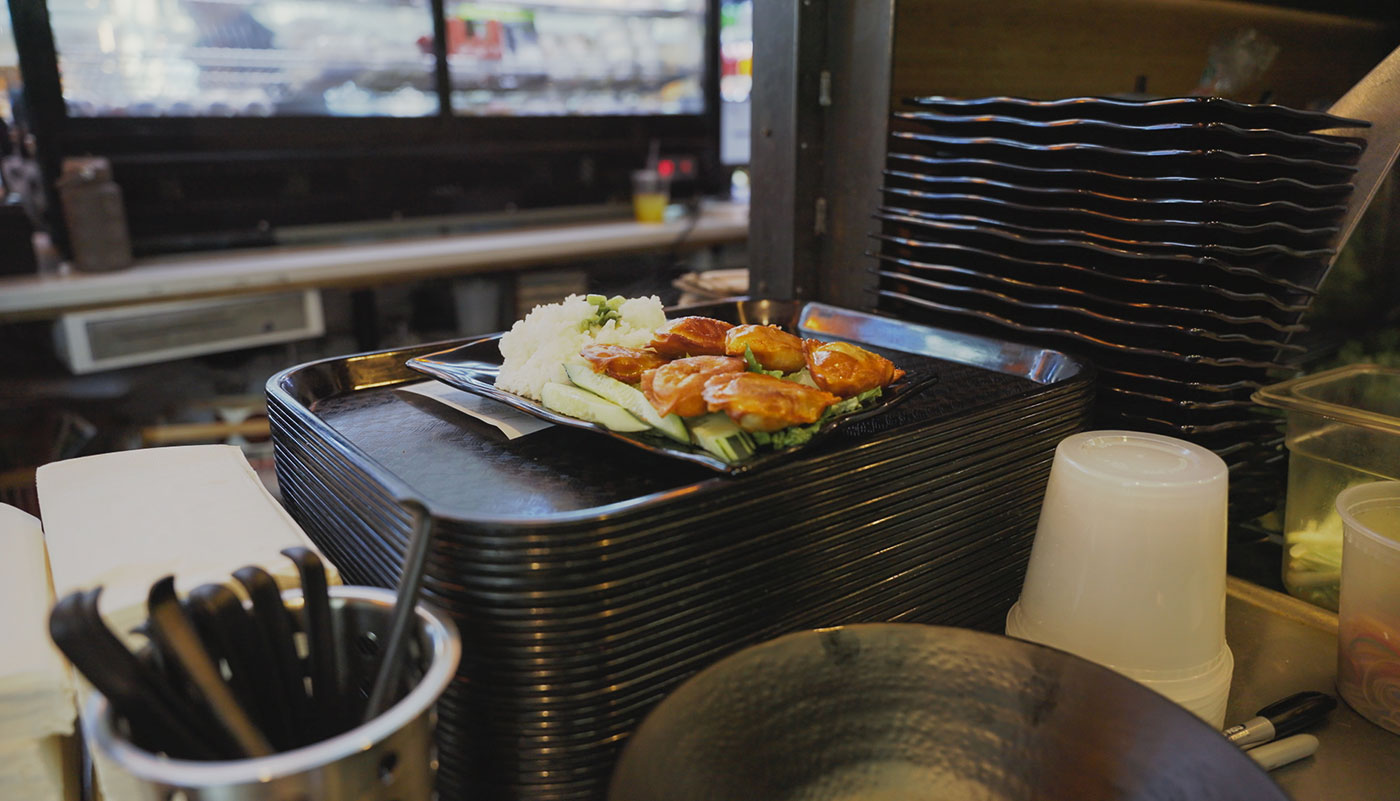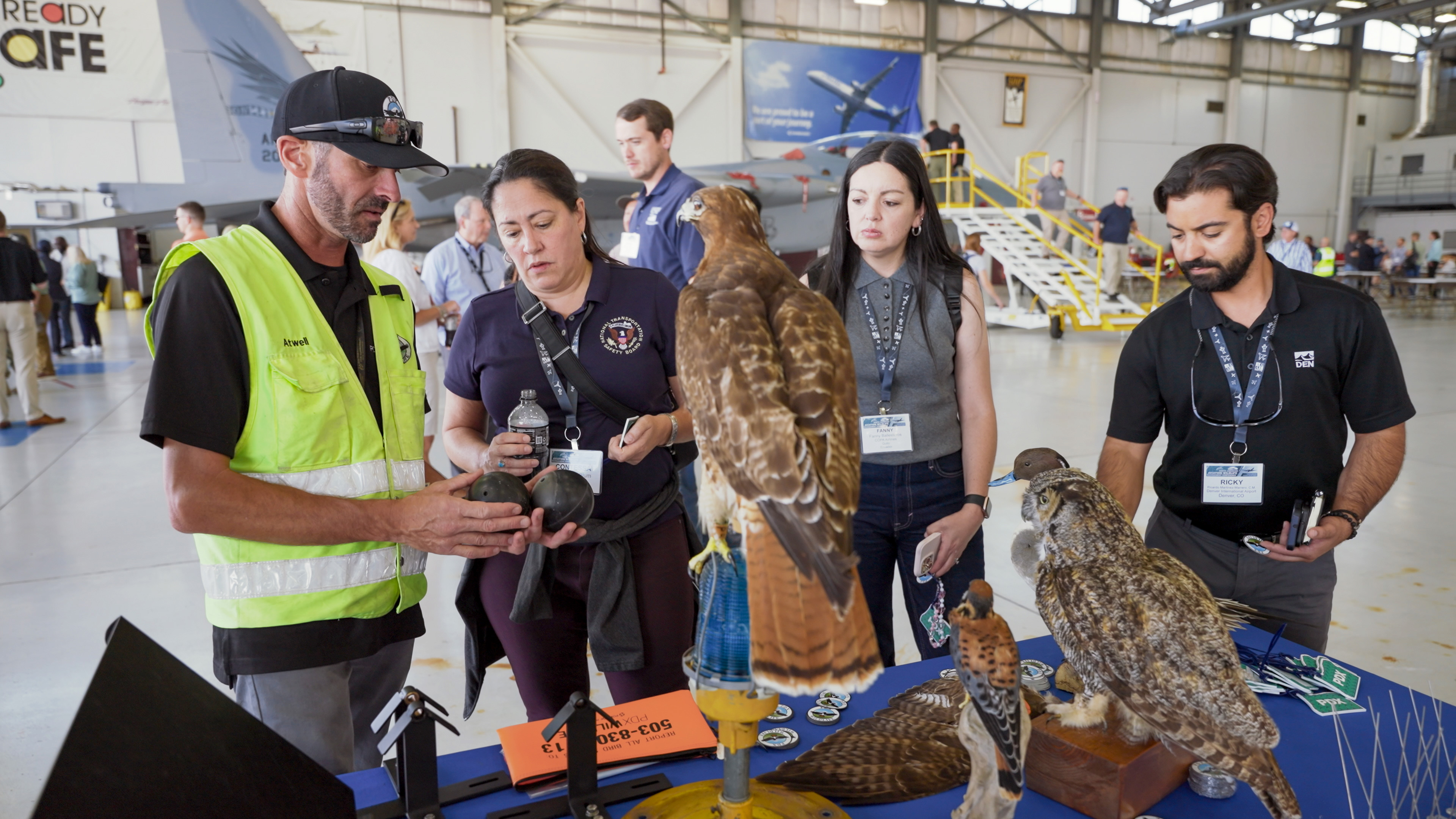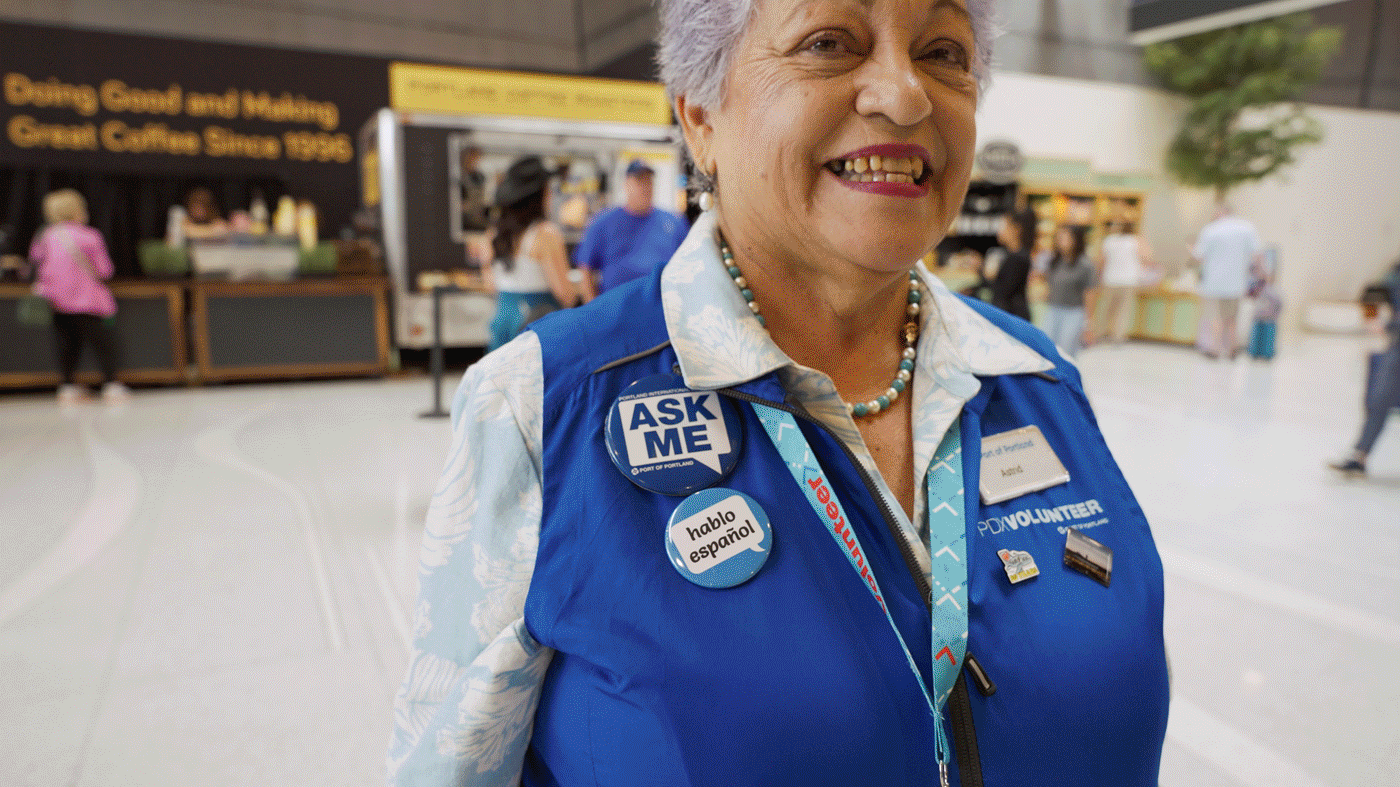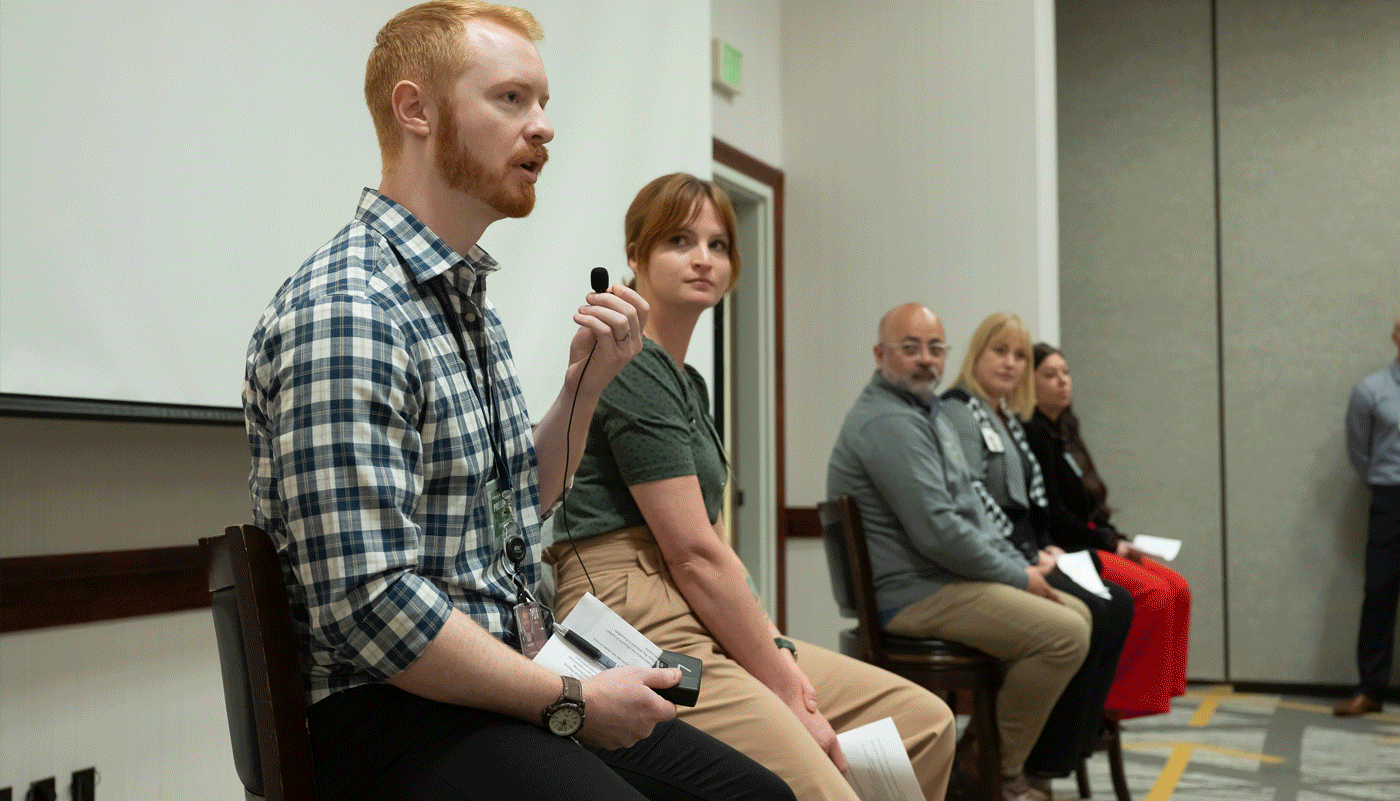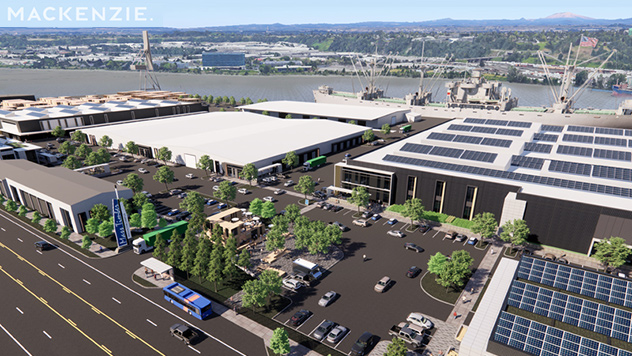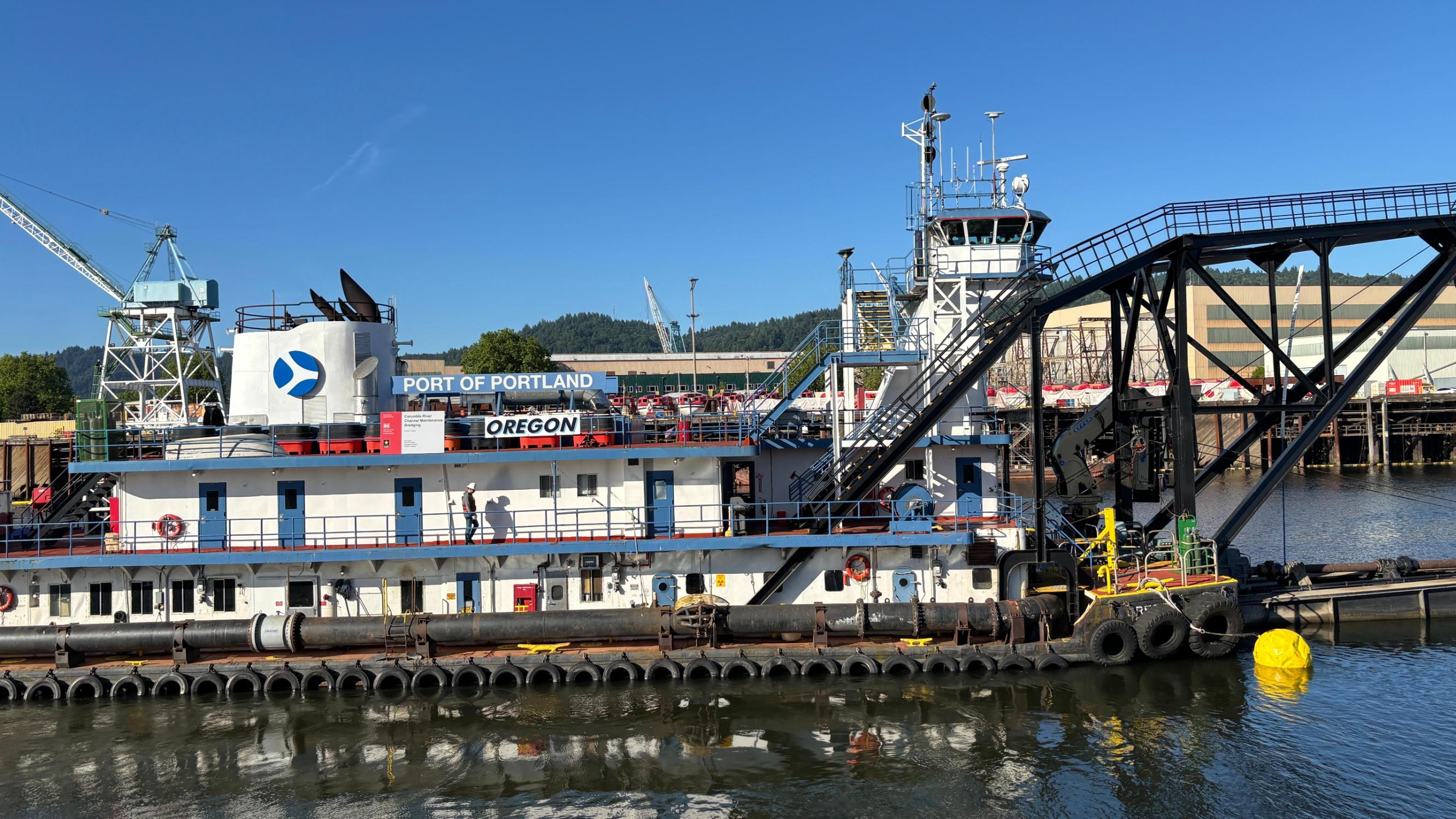From our partner's newsroom:
In collaboration with the Port of Portland, the Regional Arts & Culture Council (RACC) is proud to announce that Oregon Indigenous artists Travis Stewart, Marie Watt, and Lillian Pitt with team members Juno Lachman and Ben Dye have each been chosen to create a large-scale sculpture for the entry of Portland International Airport (PDX), anticipated to be installed in spring 2026. The artists were selected through a competitive process.
The renovation of the airport’s main terminal aims to increase the capacity, flexibility, and resilience of the airport, while improving the travel experience and adding more of what people love about PDX–including more art. These commissioned sculptures are among several exciting new public art projects RACC is managing within the new PDX.
The three new signature sculptures will be installed in three distinct sites within the expansive remodeled entry hall of the main terminal. The artworks will be experienced as the first impression and welcome to the airport from PDX’s front entry. The art will also be visible from the front exterior facade through the windows that face outward to the departures roadway. Inside, passengers will have a close-up experience with the art as they will be able to circulate 36 around the sculptures, and utilize them as wayfinding or meeting points.
“RACC is honored to commission these three projects by visionary artists from our region – Travis Stewart, Marie Watt, and Lillian Pitt with support from Juno Lachman and Ben Dye – whose work will center Indigenous narratives in the heart of PDX’s redesigned terminal. These signature pieces embody RACC’s commitment to voices that celebrate our region’s rich cultural heritage and will bring thoughtful enrichment to the traveler experience,” says Kristin Law Calhoun, Director of Partnerships and Programs at the Regional Arts & Culture Council.
“Working with exceptional local artists Travis Stewart, Marie Watt, and Lillian Pitt, with team members Juno Lachman and Ben Dye, is an absolute honor and a dream come true for the Port Art Program. The artists’ impressive new entry sculptures will share important stories of connection while celebrating living Indigenous traditions and histories, reverence for this land and place, and the unique perspectives and experiences of extraordinary contemporary sculptors in our region with PDX’s visitors, travelers, and Portland residents alike,” said Wendy Given, Art Program Manager at the Port of Portland.
About the Artists
Lillian Pitt is a Pacific Northwest Native American artist whose ancestors lived in and near the Columbia River Gorge. Born in Warm Springs, Oregon, on lands of the Confederated Warm Springs, Wasco, and Paiute Tribes, Pitt incorporates the history and legends of her people into the contemporary art that she creates. Over her storied career, her artistic practice has spanned jewelry, glass, printmaking, metals, and ceramics. Her pieces can be found in personal collections, art galleries, and museums as well as in public spaces such as parks, schools, and cultural institutions.
Collaborating team members with Lillian Pitt for this project are Ben Dye and Juno Lachman. Dye specializes in large-scale public sculpture that enables communities and institutions to make a meaningful statement about their historic origins and contemporary aspirations. His work is installed in many Pacific Northwest towns and has been commissioned by businesses, institutions, and private collectors. Lachman is a Portland artist who specializes in the design and production of art and custom architectural glass. He incorporates the natural environment in his kiln-formed pieces, taking real-life objects and transforming them into works that are playful and magical. Both Dye and Lachman have been collaborating with Pitt for many years, including a publicly commissioned artwork that they created together for the Lake Oswego City Hall in 2021.
Travis Stewart is a contemporary Northwest artist of Chinook, Rogue River, and Kalapuya descent. He lives in Grand Ronde, Oregon, and works in a variety of mediums to depict stories defined by the cultural landscape and design of the Willamette Valley and Columbia River people. He also works as an Interpretive Coordinator for the Confederated Tribes of Grand Ronde and has devoted his life to the preservation of the art and culture of the tribes of Western Oregon.
Marie Watt is a member of the Turtle Clan of the Seneca Nation of Indians whose work draws on images and ideas from Haudenosaunee (Iroquois) protofeminism and Indigenous teachings. Her practice is Interdisciplinary, incorporating printmaking , painting, textiles and sculpture. Watt conducts both solo and collaborative projects, but in all of them she explores how history, community, and storytelling intersect.
Please find a folder of images for use here.
###
About the Regional Arts & Culture Council (RACC):
For decades, RACC has aimed to serve every neighborhood of our region to ensure that arts and culture are accessible to all. Our nationally acclaimed public art program enlivens parks, community centers, government buildings, libraries, and health clinics; brings people and communities together; and makes our region a more vibrant and welcoming place to be. As a 501(c)(3) nonprofit organization, we work to elevate the voices and visibility of individual artists, creative organizations, and arts nonprofits – especially those that serve underrepresented communities – amplifying their impact through grants, professional development, and other vital resources. Through strategic partnerships, our team works to build coalitions and lead new initiatives, crafting a shared vision for an equitable future for arts and culture in our region. For more information, please visit racc.org.
- Meech Boakye, Communications Lead, RACC, mboakye@racc.org
- Port of Portland, media@portofportland.com
